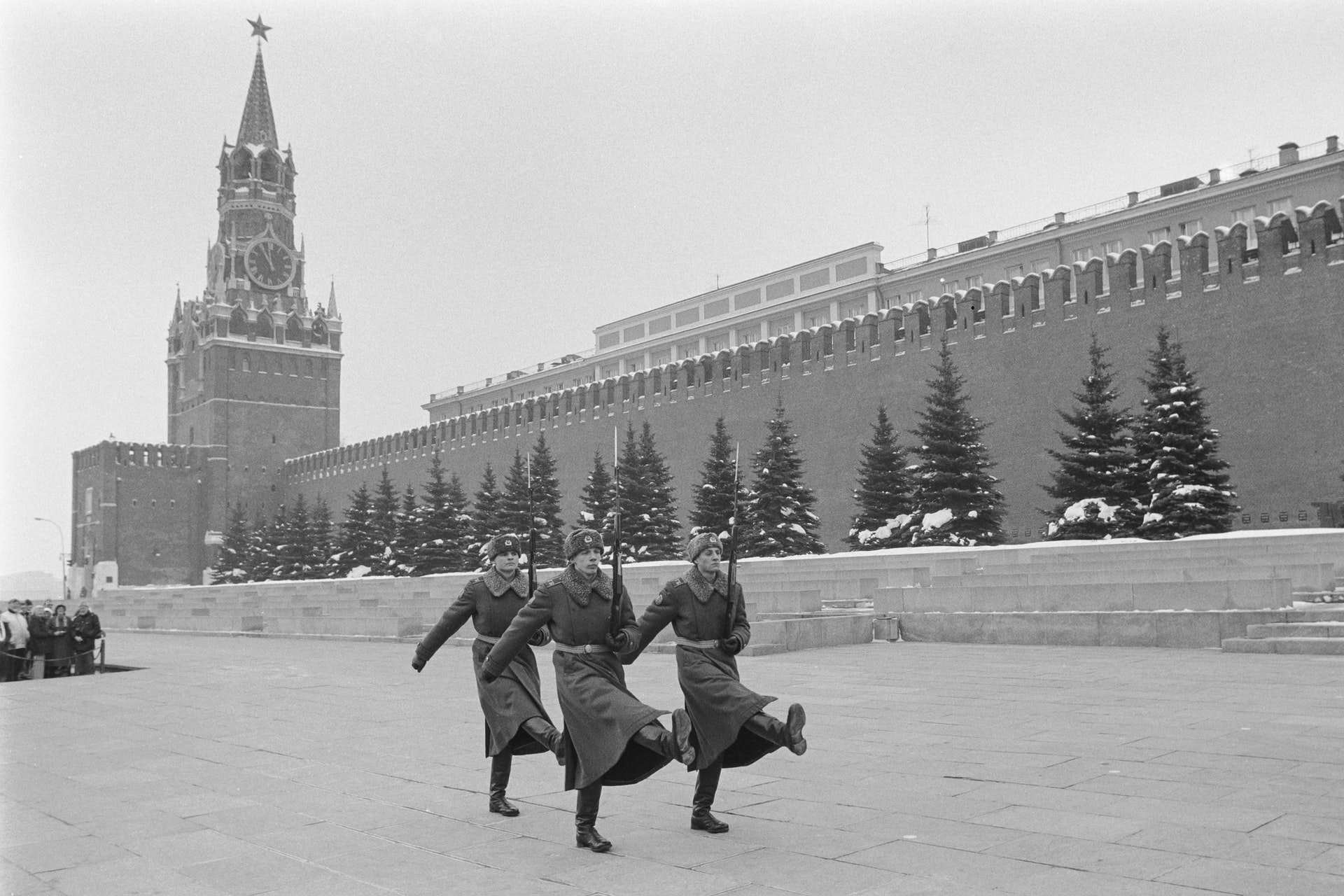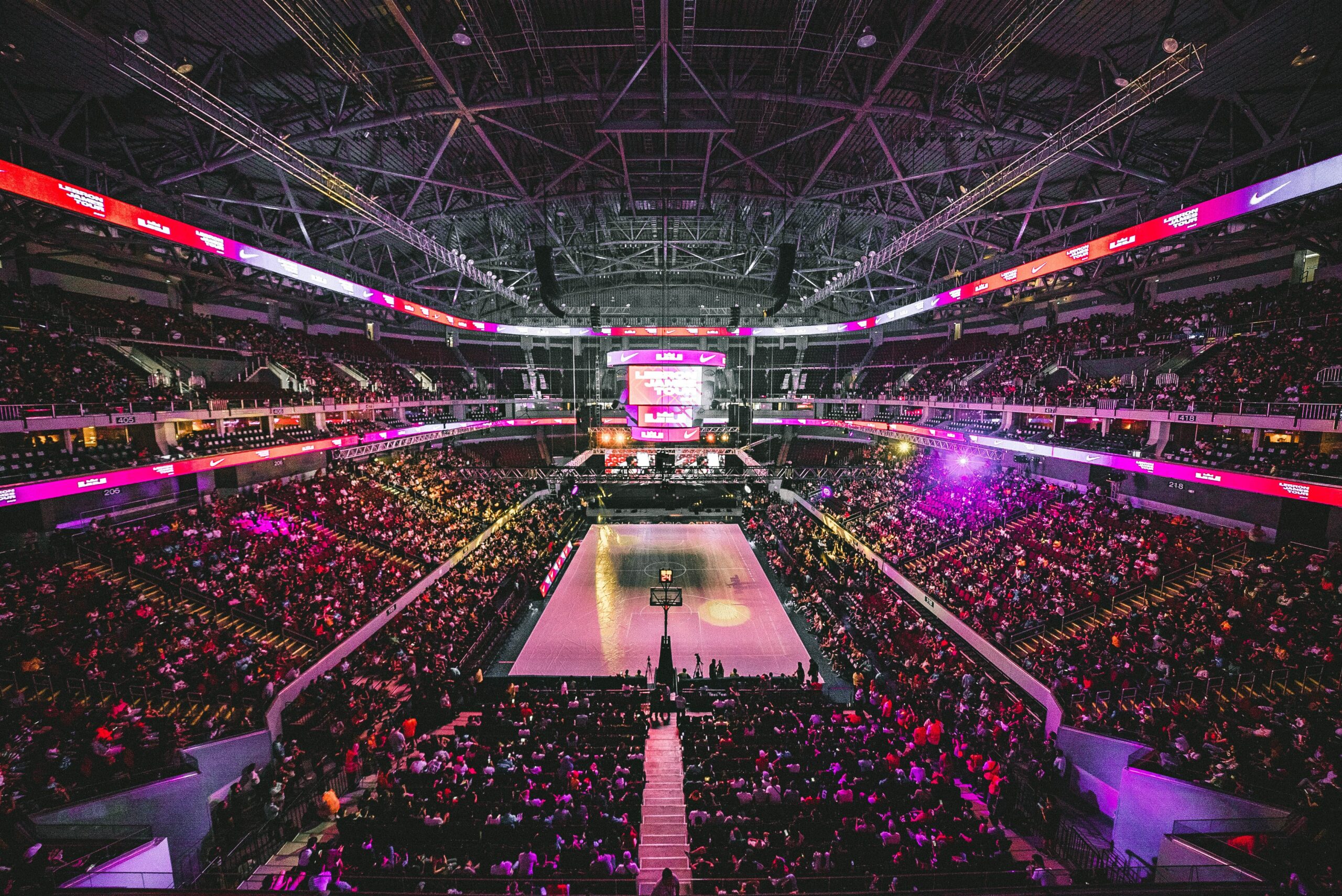It doesn’t matter whether you’re a first-time gun owner or an experienced shooter with a concealed carry permit – gun safety is paramount. On the range, at home, and anywhere else you handle a gun, safety must come first. At Concealed Coalition, we’ve put together 10 essential rules for handling, storing, and using a firearm.
1) Make sure your gun is always pointed in a safe direction.
Keeping your gun pointed in a safe direction ensures that even if it goes off, it won’t cause damage or injury. Always control where the front end of the barrel is points.
2) Keep guns unloaded when not in use.
Ensuring guns are unloaded when not in use helps prevent accidents. However, never assume that a firearm is unloaded – you should always check for yourself.
3) Don’t place your finger on the trigger until you’re ready to take a shot.
Some guns have hair triggers that make it easy to fire a gun accidentally. This means it safest to keep your finger on the frame of the firearm, waiting to place a finger on the trigger until you’re ready to take a shot.
4) Know how to handle your gun safely.
Before you handle a firearm, make sure you know how it operates. This includes knowing how to lose and open the action to remove ammo from the magazine or gun and knowing the gun’s basic parts. If you need help learning, take a firearm training course.
5) Be aware of your target and what is behind it.
When you’re shooting at a target, it’s just as critical to know what’s behind your target. According to the National Shooting Sports Foundation, even a 22 short bullet has the potential to travel more than 1 ¼ miles. Know where your ammunition will go after it hits a target. A proper backstop for target practice is critical for gun safety, and you should never fire at a body of water or a hard, flat surface.
6) Always use the correct ammunition in the gun.
Every gun is designed to work with a specific type of ammo. Using the incorrect ammunition could damage the gun and injure the person shooting it. Check the owner’s manual, look at the cartridge box for which ammunition you should use.
7) Ensure your gun is maintained and safe for operation.
Properly maintain your gun just like any other type of tool. This includes cleaning it regularly. If you’re unsure of the gun’s safety, it hasn’t been fired in a while, it has visible damage, or it’s old, take it to a gunsmith to be checked.
8) Protect your eyes and ears when you shoot.
The loud noise of a gun firing can result in hearing damage. Firearms may also emit hot gas and debris that could injure your eyes. This means it’s critical to wear both eye and ear protection when shooting.
9) Don’t use drugs or alcohol before shooting.
According to the NRA, any substance that could impair your physical or mental functions should not be used before or while you’re handling a firearm.
10) Ensure guns are in a safe place, to prevent unauthorized access.
Many different types of locking devices and storage devices are available for firearms. Choose an option best suited to your situation to ensure that children and other unauthorized persons cannot get to your guns.






